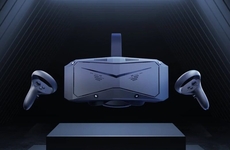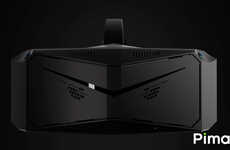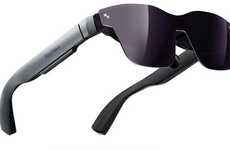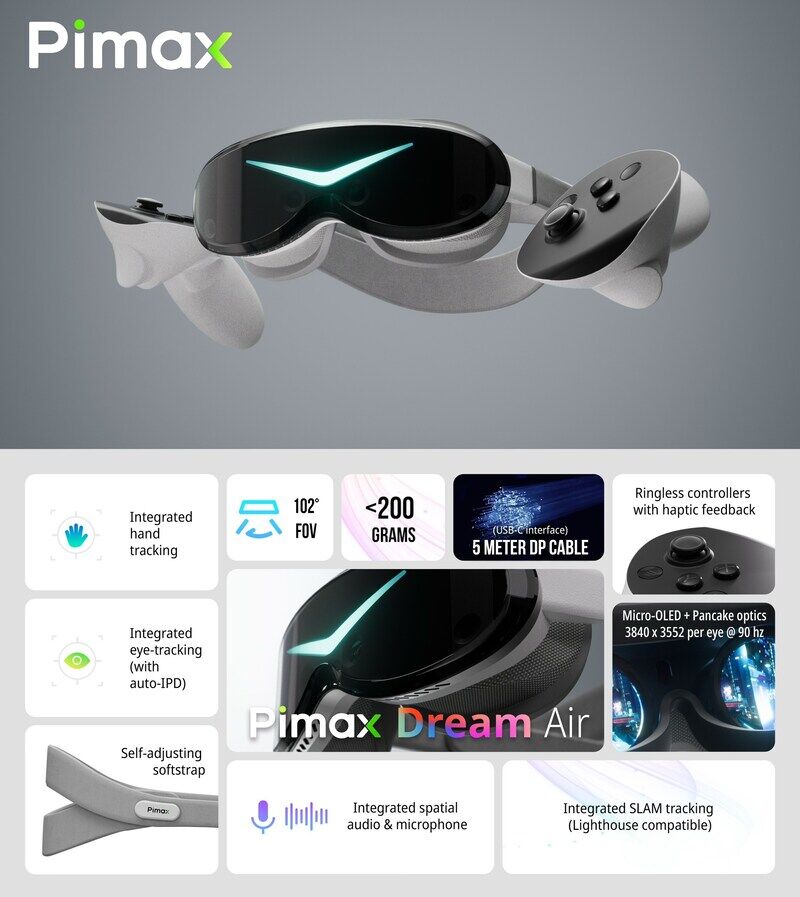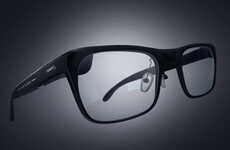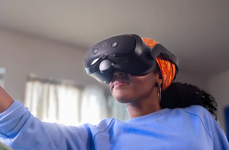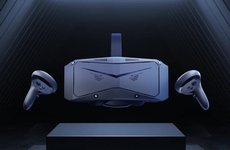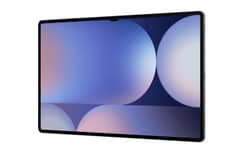
The Pimax Dream Air Represents a Notable Advancement in Virtual Reality
The newly released Pimax Dream Air figures as a lightweight VR headset that delivers high-performance features despite its ultra-compact design. With an 8K resolution display, integrated spatial audio, and advanced tracking capabilities, the product caters to both casual and active VR enthusiasts. Its design departs from the larger form factors of earlier Pimax headsets, which is a highly anticipated turn for the world of virtual reality hardware.
The Pimax Dream Air boasts eye-tracking with automatic interpupillary distance adjustment, inside-out tracking powered by Pimax’s proprietary SLAM algorithm, and innovative ringless controllers that enhance interaction without the need for external base stations. The lightweight VR headset also supports modular upgrades, such as prescription lenses and an optional Lighthouse faceplate for users who prefer external tracking systems.
Targeted at active VR users, the Pimax Dream Air excels in applications like VRChat, room-scale gaming, and on-the-go entertainment.
Image Credit: Pimax
The Pimax Dream Air boasts eye-tracking with automatic interpupillary distance adjustment, inside-out tracking powered by Pimax’s proprietary SLAM algorithm, and innovative ringless controllers that enhance interaction without the need for external base stations. The lightweight VR headset also supports modular upgrades, such as prescription lenses and an optional Lighthouse faceplate for users who prefer external tracking systems.
Targeted at active VR users, the Pimax Dream Air excels in applications like VRChat, room-scale gaming, and on-the-go entertainment.
Image Credit: Pimax
Trend Themes
1. Compact VR Headsets - Compact VR headsets like the Pimax Dream Air revolutionize the VR market by prioritizing portability and convenience without sacrificing performance.
2. 8K Resolution Displays - The integration of 8K resolution displays in lightweight VR headsets opens avenues for ultra-realistic visual experiences that appeal to both casual and professional users.
3. Ringless Controller Innovation - Ringless controllers that eliminate the need for external base stations redefine user interaction, offering a seamless and more accessible VR experience.
Industry Implications
1. Virtual Reality Hardware - Advancements in virtual reality hardware, exemplified by lightweight and feature-rich designs, drive the industry towards more immersive and user-friendly devices.
2. Consumer Electronics - The evolving demand for compact and high-performance consumer electronics is met by innovations in VR headsets, highlighting a shift towards integrated, user-tailored technologies.
3. Augmented Reality and Mixed Reality - Emerging technologies in augmented and mixed reality benefit from lightweight, modular VR solutions that facilitate cross-platform integration and expanded usability.
7.5
Score
Popularity
Activity
Freshness

